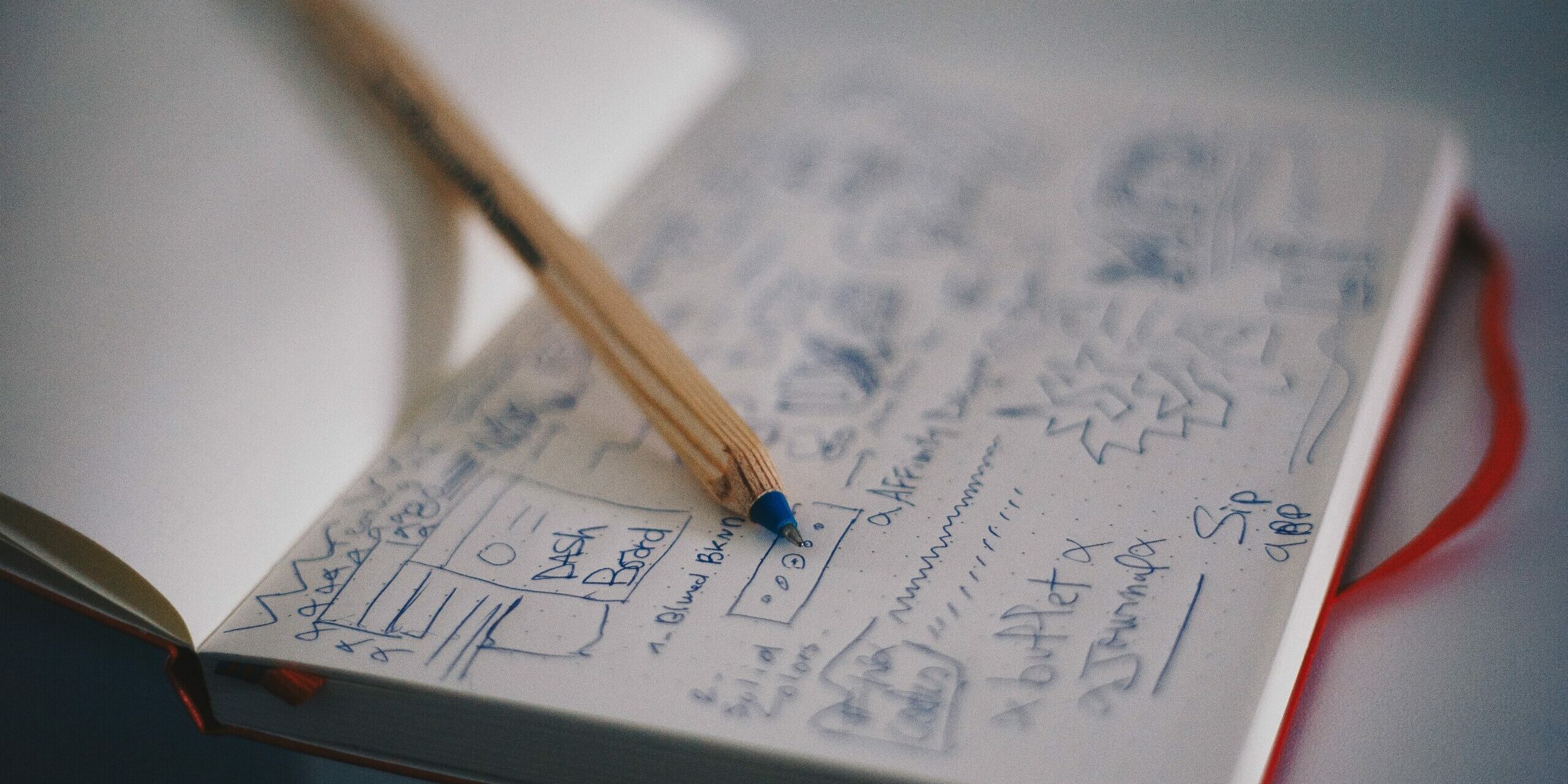The intricate relationship between Gestalt Psychology and web design lies in understanding how users perceive and interpret visual elements. Gestalt Psychology, a theory developed in the early 20th century, proposes that humans tend to perceive objects as part of a greater whole. This principle is crucial in web design, as it influences how users interact with and comprehend a website’s layout and content.
Gestalts Laws & Principles
The Law of Similarity and Its Impact on UI Elements
One of the fundamental laws of Gestalt Psychology is the Law of Similarity, which suggests that objects resembling each other are perceived as part of a pattern or group. This concept is pivotal in user interface (UI) design. For instance, buttons with similar shapes or colours are instinctively seen as related or offering similar functions, aiding in intuitive navigation and coherence in design.
Harnessing the Law of Proximity for Structured Layouts
The Law of Proximity states that objects close to each other are perceived as a collective unit. In web design, this translates to grouping related content or interactive elements together. By strategically placing elements, designers can create a clean, organized layout that enhances user experience (UX) by making information easily accessible and understandable.
The Principle of Closure and User Engagement
Gestalt’s Principle of Closure involves the tendency of our brains to complete incomplete figures, creating a complete object. In web design, this can be employed to craft interactive elements that engage users. For instance, suggestive icons or partial graphics can intrigue users, prompting them to explore further to ‘complete’ the image or idea, thereby enhancing engagement and interest.
The Figure-Ground Principle For User Focus
The Figure-Ground principle is about distinguishing an object (the figure) from its background (the ground). Effective web design uses this principle to direct users’ attention to key elements, such as CTA buttons or important content, by manipulating colours, contrasts, and spatial positioning. This selective focus ensures that users are not overwhelmed and can easily navigate to priority sections.
The Role of Continuity in Guiding User Flow
Continuity in Gestalt Psychology refers to the preference for continuous figures over disjointed ones. In web design, this can guide the user’s eye movement across the page. Aligning elements in a fluid, logical manner ensures a smooth visual journey, which is essential in guiding users through a website’s content, ultimately enhancing the overall user experience.
Balancing Symmetry for Aesthetic Appeal and Functionality
Symmetry, a key aspect of Gestalt Psychology, is associated with balance and harmony. In web design, symmetry is not just aesthetically pleasing but also contributes to a sense of stability and order. However, it’s important to strike a balance; overuse can lead to monotony, while strategic asymmetry can add dynamism and highlight important elements.
Integrating Gestalt Principles for Optimized UX
Gestalt Psychology offers invaluable insights into how users perceive and interact with web designs. By applying these principles, designers can create more intuitive, engaging, and effective websites. Understanding and implementing concepts like similarity, proximity, closure, figure-ground, continuity, and symmetry can transform a user’s interaction with a website from a routine task into an intuitive, enjoyable experience. Integrating these principles thoughtfully is key to optimizing both the aesthetic appeal and functionality of web designs, ultimately enhancing the user’s journey.







